At first glance, it’s a small world and Rise of the Resistance have very little in common, aside from both being at both Walt Disney World and Disneyland. One is an innovative attraction featuring advanced, never before seen technology that wowed audiences during early previews, and the other is Star Wars themed.

Okay, jokes aside, both rides were incredible innovations for the time they came out, and both are part of one of the grandest amusement park traditions in history: the Dark Ride. Welcome to The All Ears Salute to All Things Disney (but Mostly Dark Rides)! Please keep your hands, arms, and legs inside the vehicle at all times as we dive into the history of Disney’s most iconic attraction, and how it shaped the legacy of the parks for years to come!
What even is a Dark Ride?
That’s an excellent question! In fact, this week we’ll be sharing articles on the origins of the dark ride, as well as their history in the Disney Parks. But for now, we’ll have to settle for a brief introduction. Get out your pencils everyone! It’s time to LEARN!
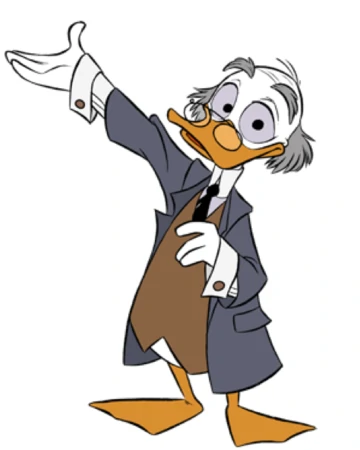
Dark rides are one of the oldest forms of amusement ride, tracing their origins back to the 19th century. They get their name because, at least originally, they were almost always set in the dark! Illumination in early dark rides was limited to blacklights, which aren’t visible to the human eye but does cause certain materials to fluoresce, or give off a glow. The result is that you can build elaborate sets and landscapes that seem much bigger than they actually are, all while hiding the dimensions of the room you’re really in. Modern dark rides can use screens, projection mapping, matte painting, and other techniques to produce similar effects, but the blacklight effect is still commonly used, even at Disney. Pay attention during Mickey and Minnie’s Runaway Railway for a modern example!
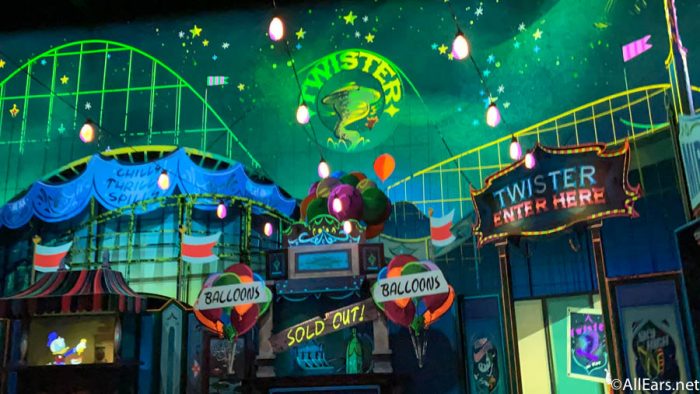
Get more info about dark rides and why you should care about them here!
These attractions use ride vehicles to precisely control what riders see, moving them from set to set in order to tell a story, or otherwise evoke an experience. They’re some of the most popular rides in the world, and with good reason. The bulk of all attractions at Disney are either dark rides (like the Haunted Mansion) or feature Dark Ride elements (like Tower of Terror). It’s the amusement industry’s genre of storytelling, so it’s no surprise Disney continues to push the boundaries of the form.
Of course, you can read more about dark rides in our other articles this week. Instead, we’re here to look at how one happy little cruise around the world introduced innovations that would someday take us to a galaxy far, far away.
it’s a small world’s Fair
In 1964, New York City was hosting the World’s Fair; a gathering of nations across the world to show off the latest in culture, science, and technology. The 1964 World’s Fair is one of the most influential cultural events in American history; bringing about space age optimism and providing many visitors with their first look at a working computer. However, it’s also remembered among Disney fans as a turning point in Imagineering history. Not one, not two, but five pavilions featured Disney-designed attractions, including the first ever Audio-animatronics!
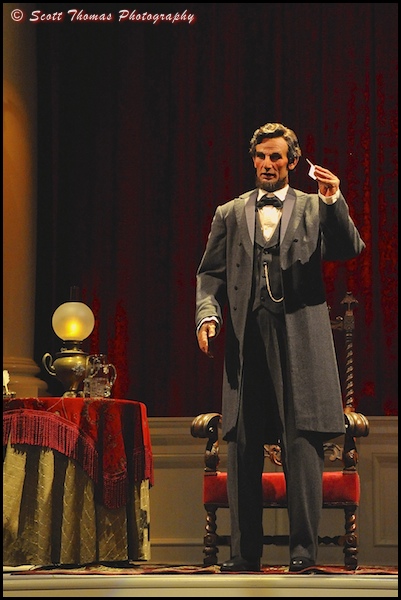
You might be familiar with most of these attractions: Great Moments With Mr. Lincoln, Carousel of Progress, CircleVision 360, even an early version of the PeopleMover. Disney’s attractions were so popular that the east coast version of Disneyland was almost in Queens because it would be easier to build around the pre-existing pavilions than build a new park! However, one of the most iconic and enduring Disney attractions at the fair almost didn’t happen!
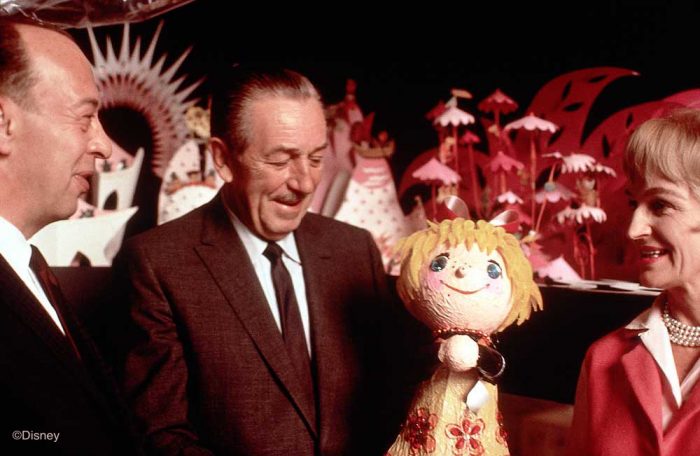
Pepsi was one of the main sponsors of the fair, providing funding for the UNICEF pavilion. They needed an attraction that would really wow the crowds, showing off UNICEF’s message of helping children around the world while maintaining Pepsi’s brand image. However, they simply couldn’t decide what to build, leaving the pavilion unplanned as the fair drew ever closer.
Salvation came, unexpectedly, in the form of Joan Crawford.
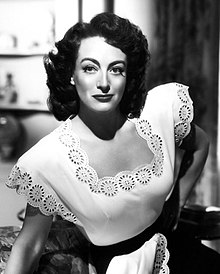
The actress was a member of Pepsi’s board of directors (having been widowed by former company president Alfred Steele), and a long time friend of Walt Disney. She contacted her old friend with Pepsi’s plight, then convinced her fellow directors to accept his proposal for the pavilion, as he was the only one who could accomplish such an incredible feat of engineering in just eleven months.
So, with less than a year until the fair, WED Enterprises began working on what would become arguably the most iconic ride in Disney history; “it’s a small world”.
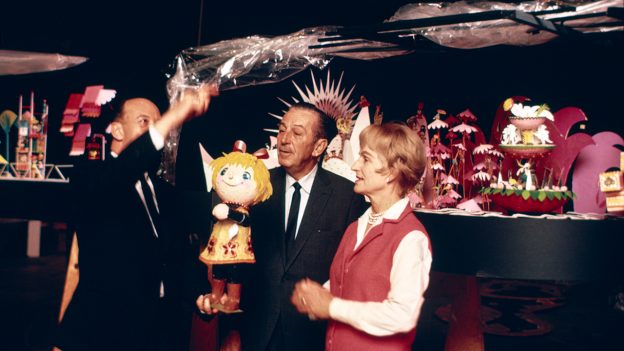
Disney Legend Mary Blair designed the attraction’s iconic aesthetic, while Imagineering icon Rolly Crump designed the ride’s exterior; the whimsical Tower of Four Winds, as well as many of the toys and supplemental figures on display.
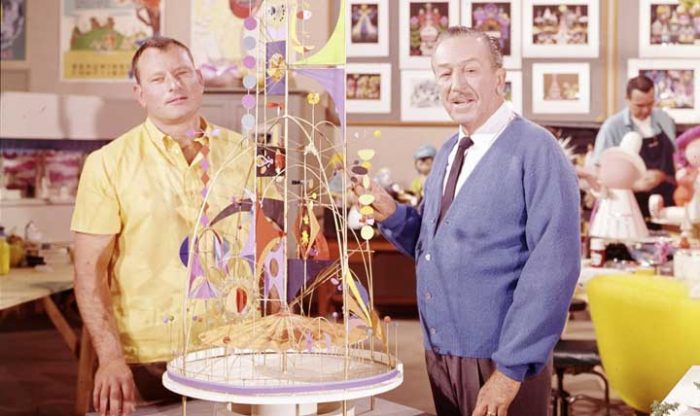
Power couple, Marc and Alice Davis, designed the scenes, characters, and costumes, while Blaine Gibson and Greg S. Marinello worked with Walt himself to design the animatronic dolls that fill the attraction. The Sherman Brothers, who are responsible for many iconic Disney hits, wrote the infectiously catchy theme song.
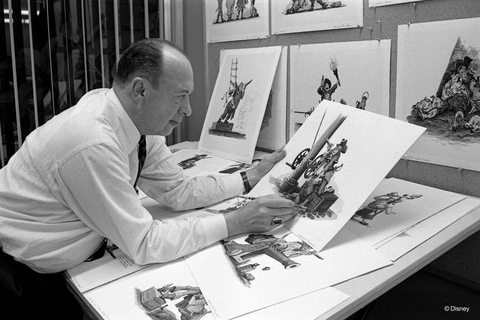
One of the biggest innovations, however, was the actual ride system. Ride manufacturer Arrow Dynamics developed a system that would allow boats to move through a winding canal at a steady speed, without accidental collisions. Water rides, like log flumes and Old Mills, were common at amusement fairs at the time, but were unpowered; they relied on the water’s current to propel the boats, using pumps or gravity to achieve momentum. Such a system simply doesn’t work for a dark ride, which is dependent on providing a steady, predictable point of view for the audience.
Early Innovations
For as simple as it might seem now, “small world” represented several major innovations in the history of dark rides, at least where Disney is concerned. One of the first was its elaborate facade, which wasn’t created until the ride moved to Disneyland in 1966.
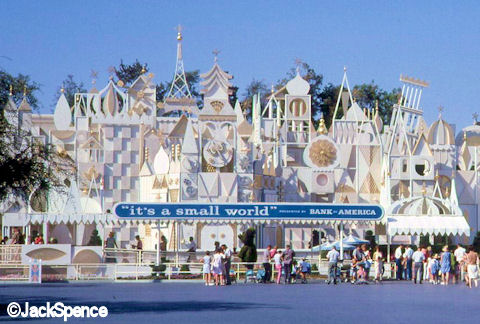
A facade, for those not familiar with the term, is the side of a building that faces the public. In mundane buildings, it’s the most elaborately decorated side; think of how the front of your house looks compared to the sides. At Disney, however, facades are used to create the illusion that things are bigger… or in this case, smaller than they really are.
Here’s a picture of “it’s a small world” from Google Maps, showing precisely what it looks like from above.
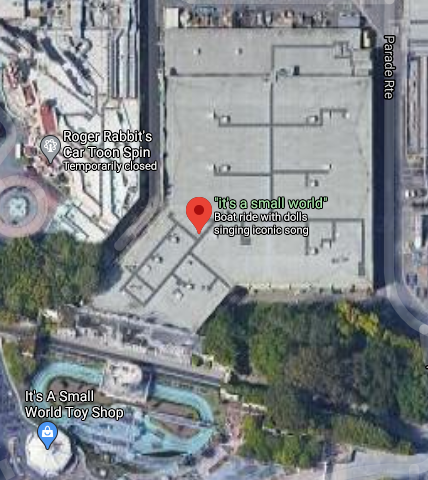
That elaborate wall hides a massive show building, many times larger than the building’s exterior would suggest. That’s why so many Disney rides have a “bigger on the inside” feeling, as the building you appear to enter isn’t actually where the ride takes place. A more iconic example would be in the Haunted Mansion; no part of the actual ride takes place inside the mansion. Once you enter the Stretching Room, you’re lowered down to the actual ride building, located on the other side of the Disneyland Railroad. The facade of “small world” isn’t quite as involved, but it is one of the most iconic examples of such design in Disney history.
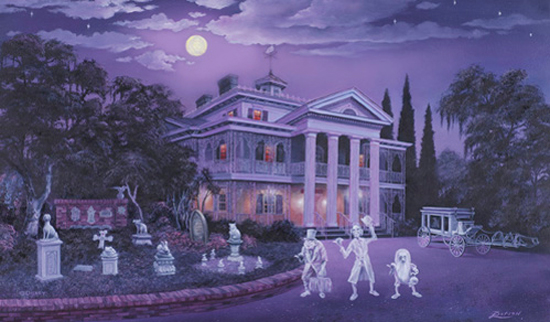
Of course, the illusions don’t stop there. Disney doesn’t want you to realize that you’re riding a boat through a warehouse, so they employ elaborate sets and effects to immerse you in the story. That includes tricks like forced perspective to make it seem like the buildings and sets are taller than they really are.
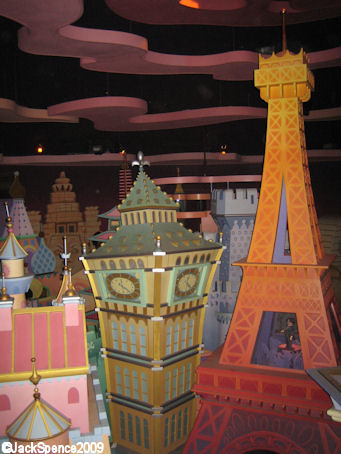
One of the biggest innovations, however? Audio-animatronics. This was one of the first dark rides ever to use the new technology. There are more than 200 animatronics on this ride, performing feats like step dancing, riding swings, and playing instruments.
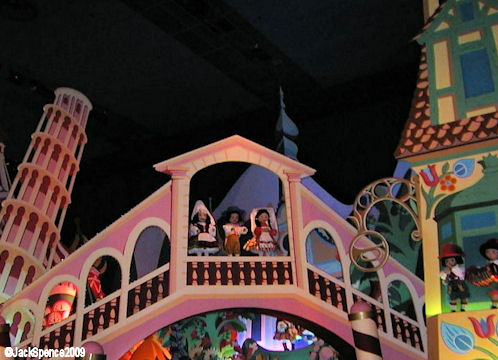
While these animatronics are simple compared to the elaborate Abraham Lincoln animatronic Disney also built for the World’s Fair, they’re still a turning point in dark ride history!
Looking to the Future
So how on Earth did the happiest cruise to ever sail lead to Rise of the Resistance?
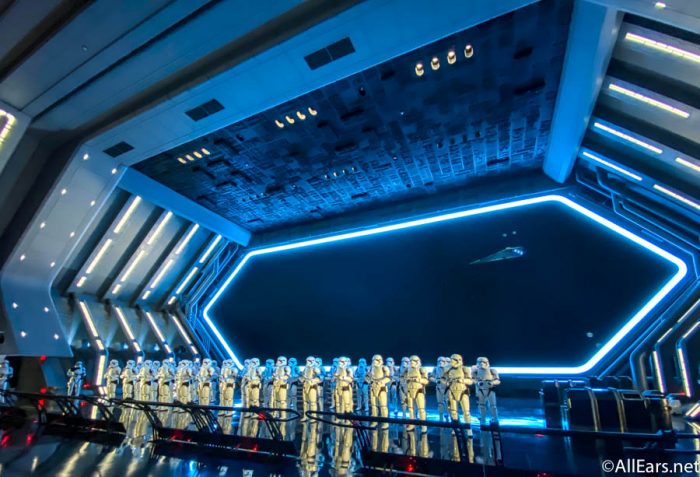
Well, we’ll be the first to admit that Rise uses technology that the Imagineers of WED Enterprises wouldn’t have dreamed of back in the 60s. Screens that provide a realistic 3D view into space, fully automated trackless ride vehicles, projection mapping, even a vertical drop! However, fundamentally speaking, the rides aren’t all that different.
Let’s start with the facade. Facade is super important for Galaxy’s Edge, as seeing any show buildings would break the illusion. Normally, Disney uses a special paint called “go-away green” to cover up buildings and machinery they want us to ignore. It doesn’t make them invisible, but it does direct our focus away from them. They use it for things like light fixtures, utility boxes, pipes, and show buildings that are too big to hide. However, having a big green box show up in people’s landscape photos of Batuu would ruin the immersion, so Rise of the Resistance gets creative.
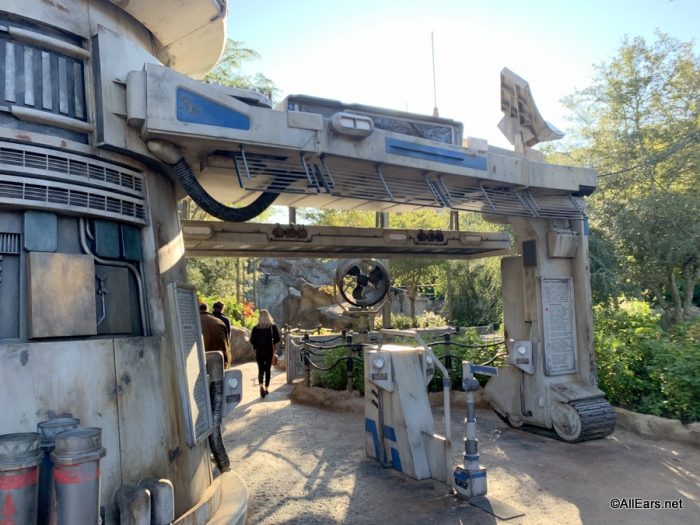
When you enter the Resistance Base, you’ll probably think that there’s no way they could hide a ride in there. That’s because they can’t; the queue is a separate building. The entrance to the ride is actually a fair distance away from where the ride actually takes place, directing your eyes away from the actual show building. So, where is the show building?
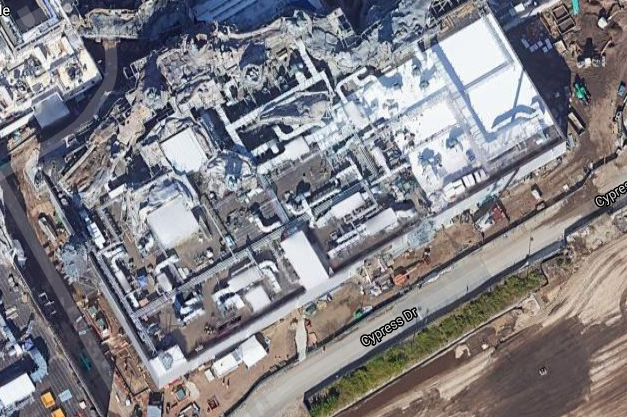
Behind the mountains, of course. This satellite image from Google Maps dates back to when Rise of the Resistance was still under construction, but you can see the iconic spires and mountains of Batuu conceal a huge show building. In fact, several of the distant spires of Batuu are actually models mounted on sticks on and around the show building, all to create the illusion that the only thing behind the mountains is… well, more mountains! It’s the sample principle as the clock wall on “small world”, direct your audience’s eyes to a specific, spectacular entry point (like the turret at the entrance), and they won’t realize the ride is actually taking place behind some bushes in the distance.
The transition to the show building occurs once you board the transport ship. This is actually a cleverly disguised elevator that moves you to the main show building. We’ll be honest… we have no idea how it actually works. It’s that seamless.
Once you’re inside the ride, great pains are taken to create the illusion you’re actually on a First Order Star Destroyer. Many of the hallways on the ride, like the one your vehicle tries to enter during the AT-AT scene, aren’t actually real. There’s enough in place to make it seem like they actually lead somewhere, but it’s all a trick. In fact, outside the show areas you move through, much of the building consists of an unthemed warehouse. On opening day, one of our parties was allowed to go backstage after our vehicles failed to launch, allowing us to catch a glimpse of the Cast Member only areas. It resembled what you’d see backstage at a live theater, a lot of black paint and focused lighting so that the focus could remain on the main show area.
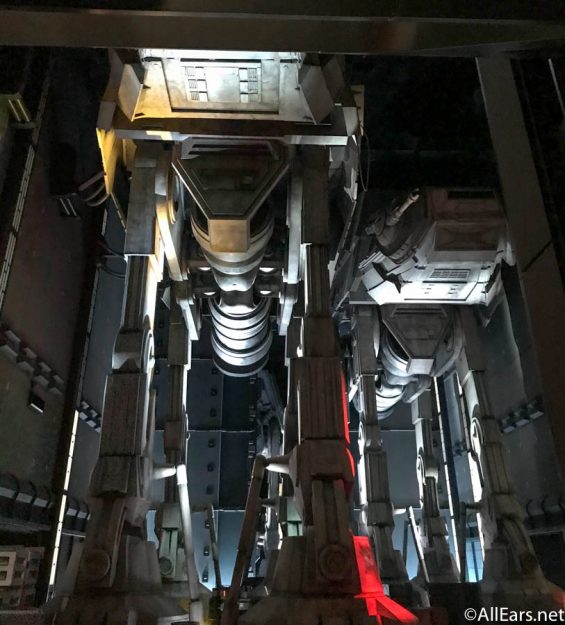
Another interesting application of controlling the audience’s perspective? There are actually two Finns here! While “small world” controls your perspective to direct your eye to various show scenes, Rise actually takes advantage of its trackless vehicles to create two different set pieces from the same scene! When the vehicles split up during the AT-AT scene, both vehicles can see a unique Finn animatronic.
Speaking of animatronics, Rise represents a massive evolution in animatronic design from its early days. Animatronics like Finn, Kylo Ren, and especially Lieutenant Bek are far more animated and realistic than anything that came out of the World’s Fair… though some of the simpler designs are still around.
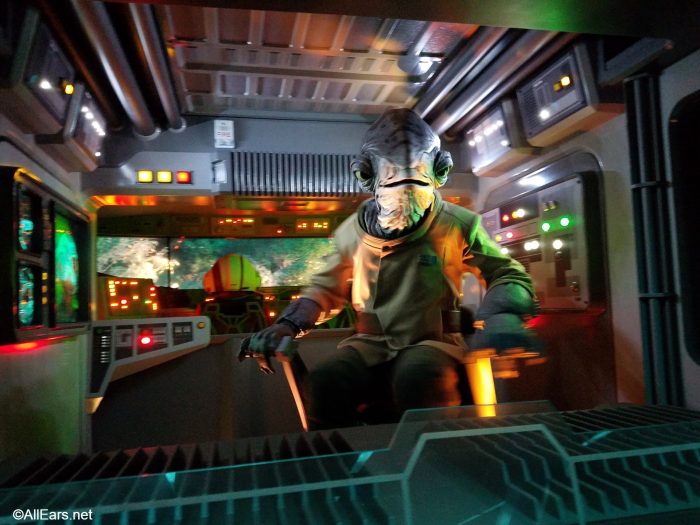
Pay attention to the Stormtroopers in the queue; particularly the ones operating the security console immediately before you enter your cell. While many of the Stormtroopers on the attraction are mannequins, several are actually simple audio-animatronics capable of interacting with their consoles or following guests with their heads. While technology has come a long way from dancing dolls, sometimes it never hurts to go with the classics.
So, there you have it. Two rides that, while seemingly worlds apart, have a lot more in common that you’d first think. We hope you join us for the rest of the All Ears Salute To All Things Disney (But Mostly Dark Rides) this week, as we plumb the depths of this iconic amusement art form! Until then, be sure to follow us on social media for the latest updates!
Enjoy more posts about Dark Rides below!
- Wait Times Have Gone DOWN in Disney World
- Six Disney Parks Rides That are Totally Different from When They First Opened
- Disney Dark Ride Moments that are Way More Thrilling than any Roller Coaster
- The Fanciful History of Peter Pan’s Flight in the Disney Parks
- Keep, Change, Close: Walt Disney World Dark Rides
Join the AllEars.net Newsletter to stay on top of ALL the breaking Disney News! You'll also get access to AllEars tips, reviews, trivia, and MORE! Click here to Subscribe!







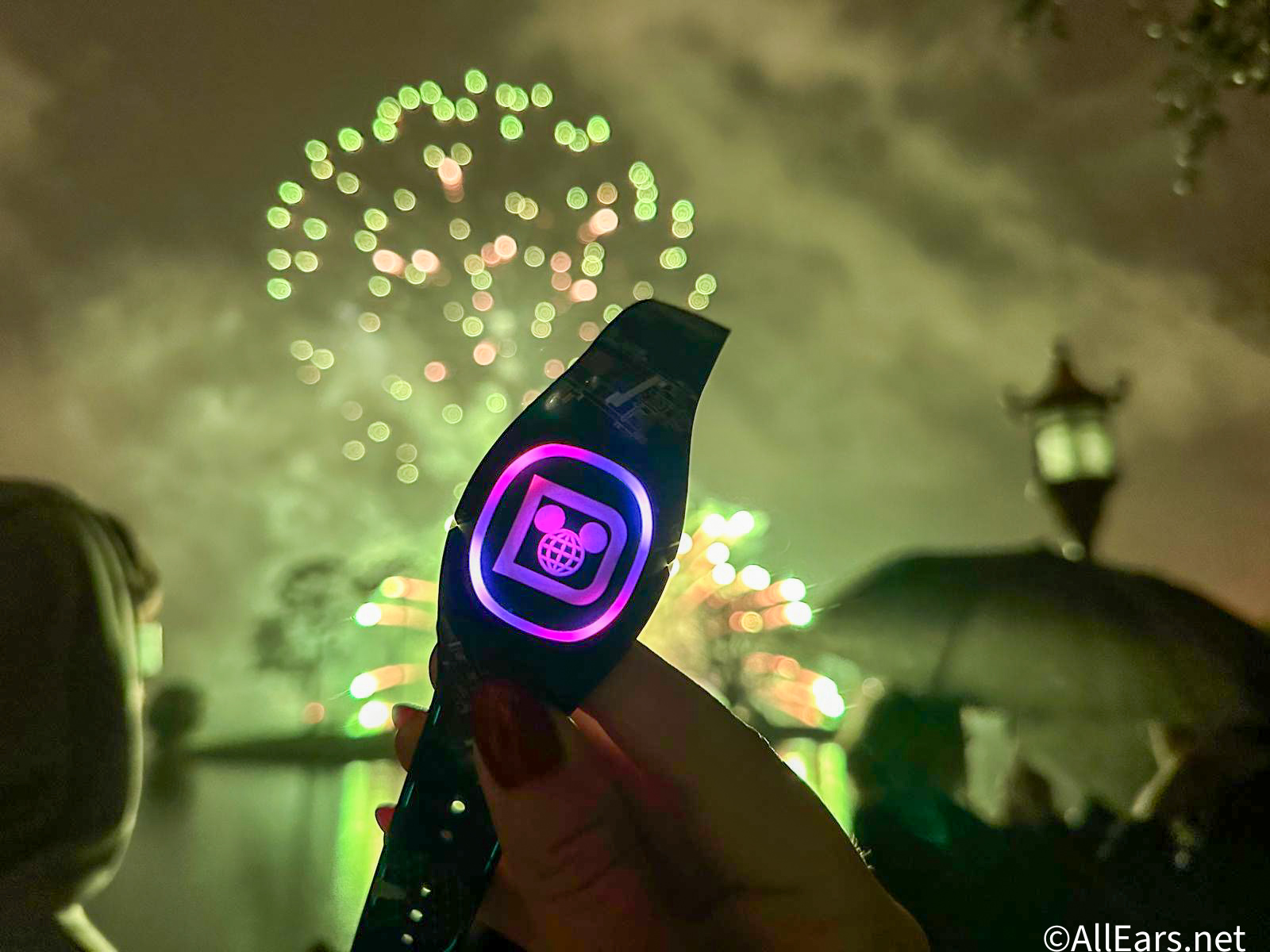


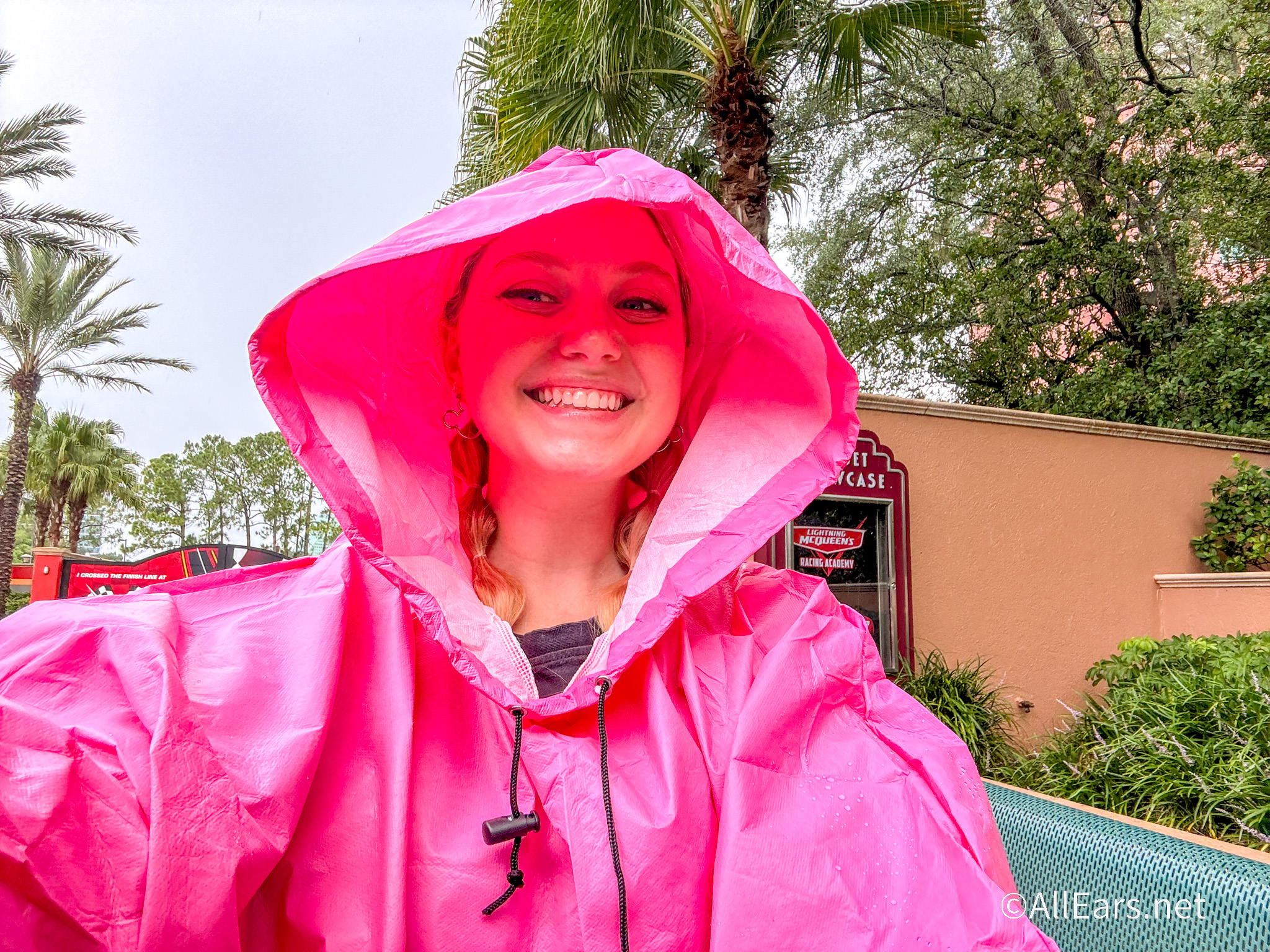
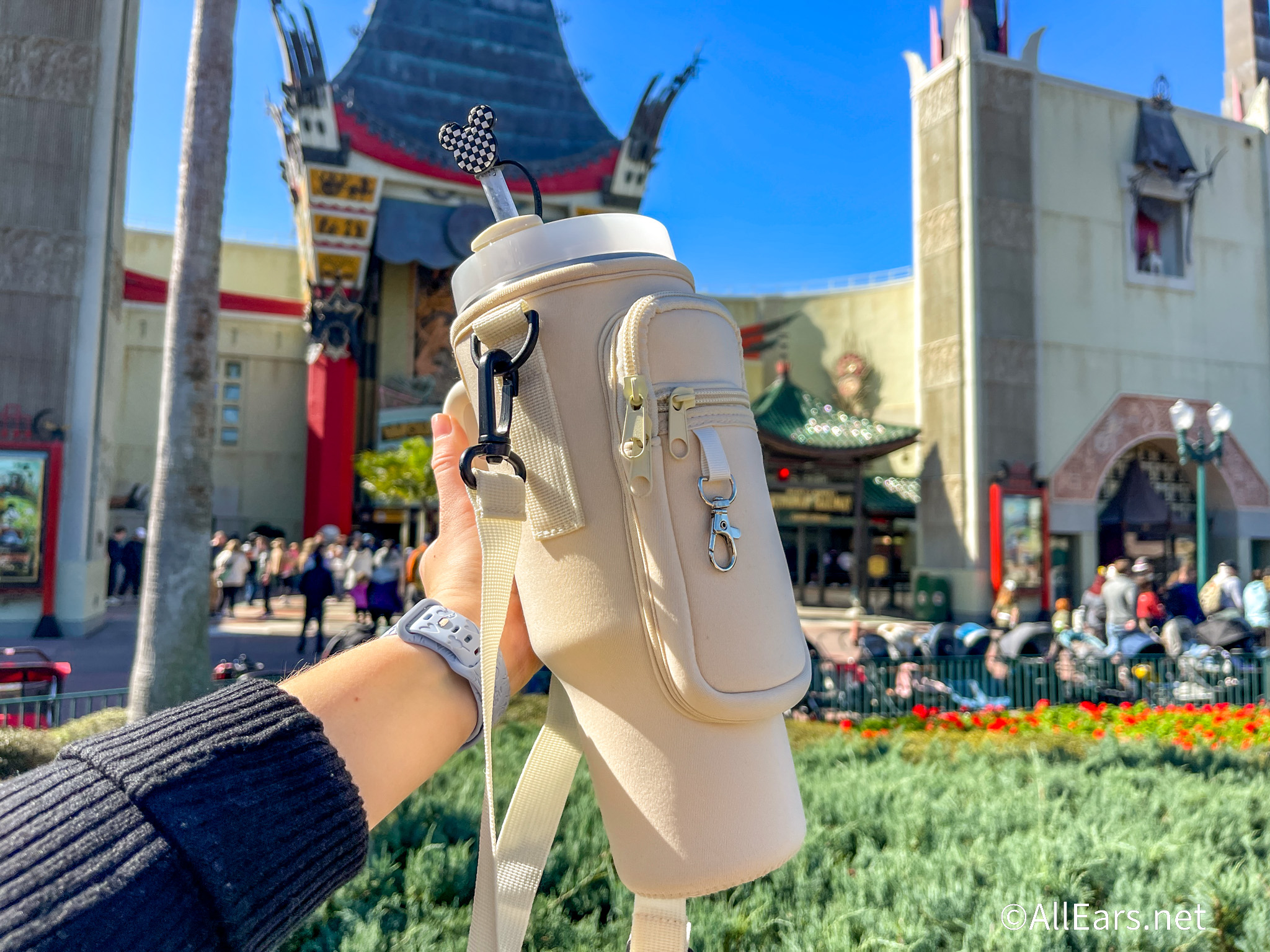
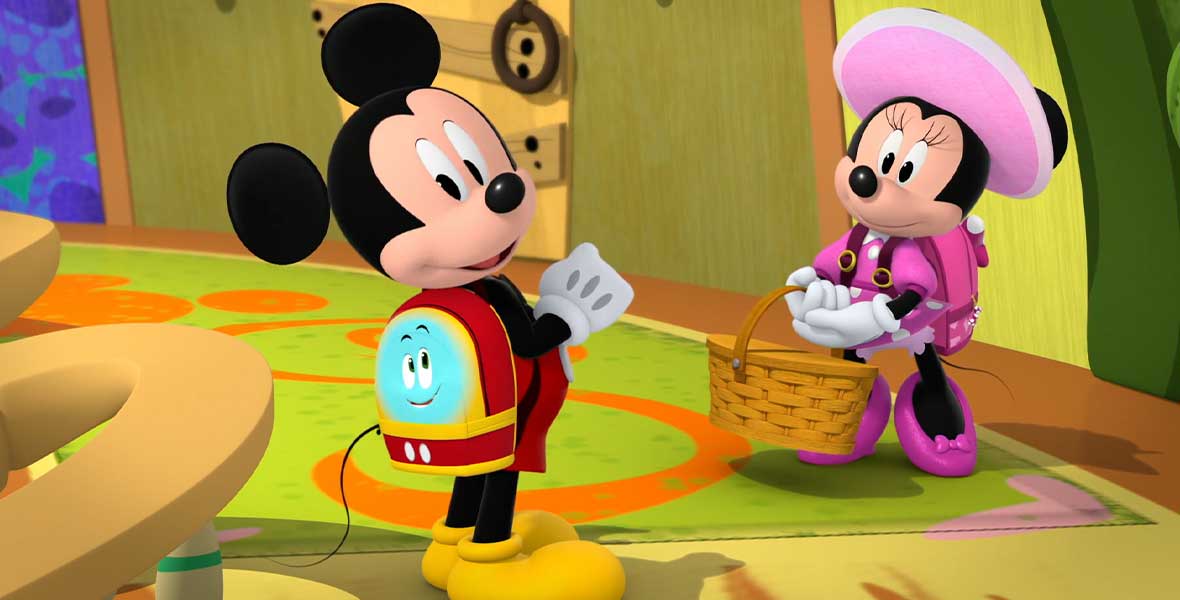

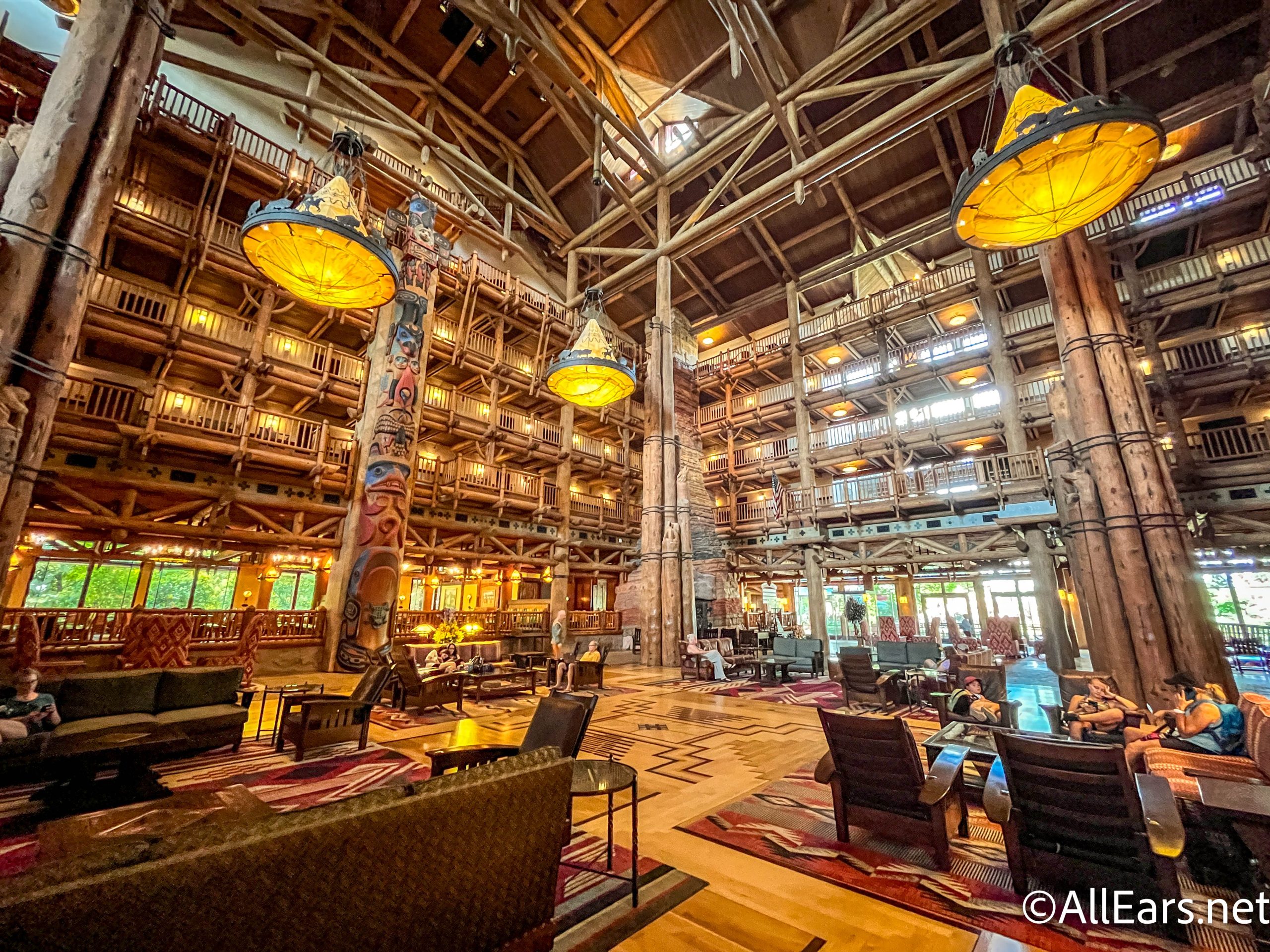
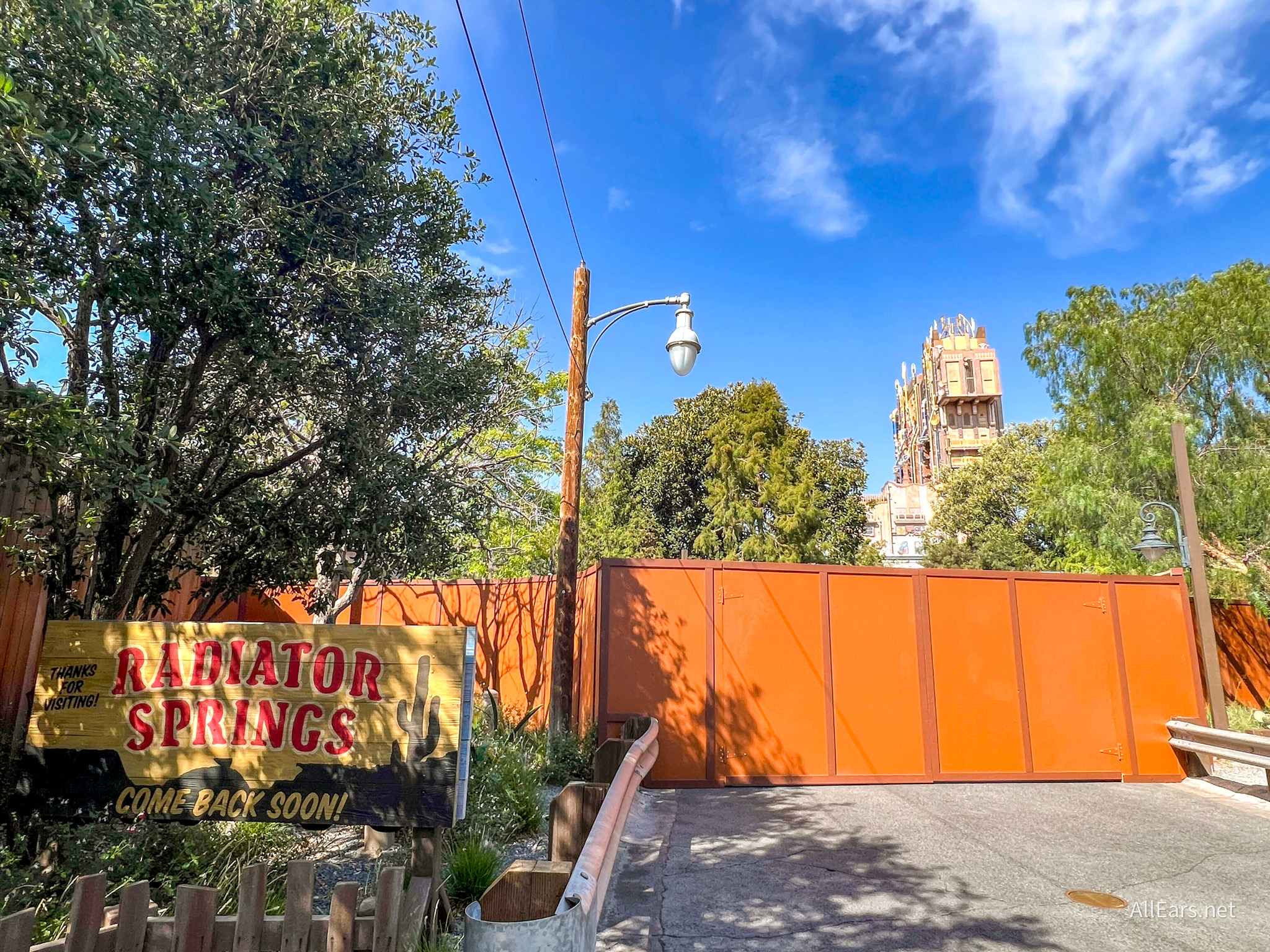
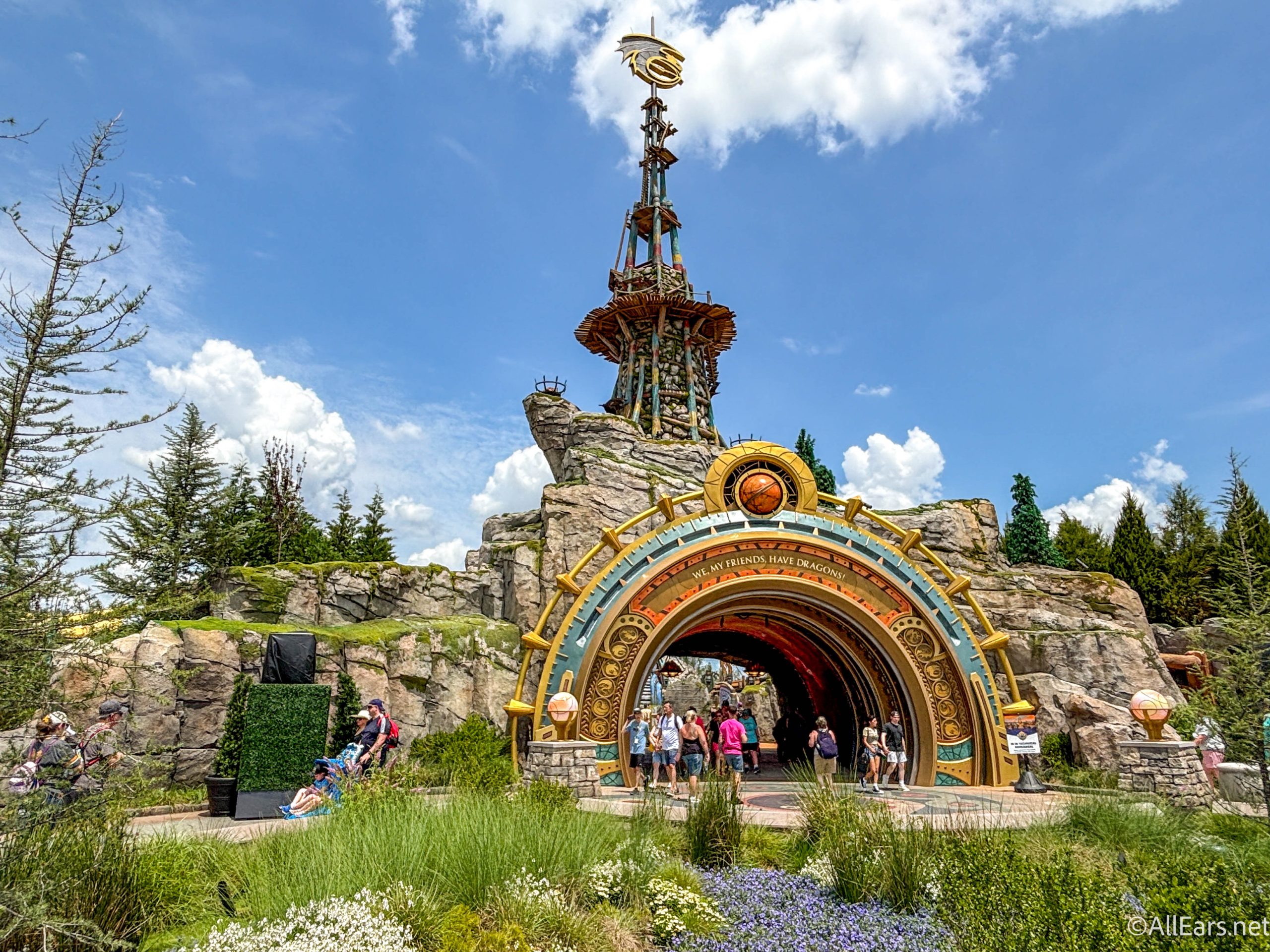

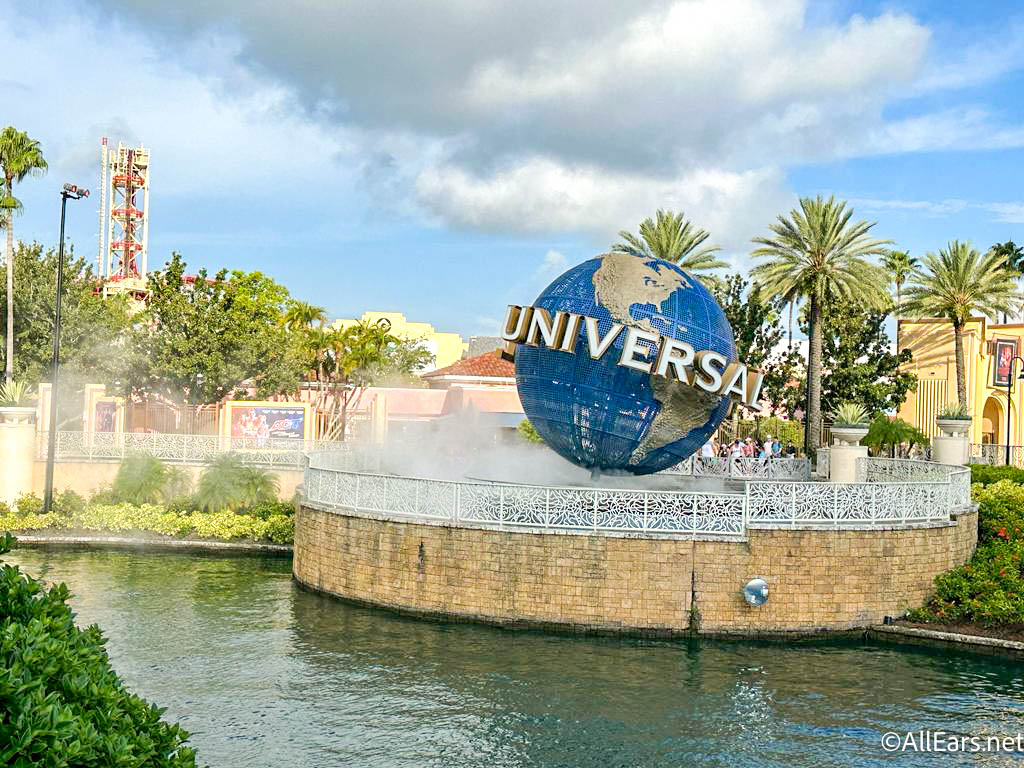
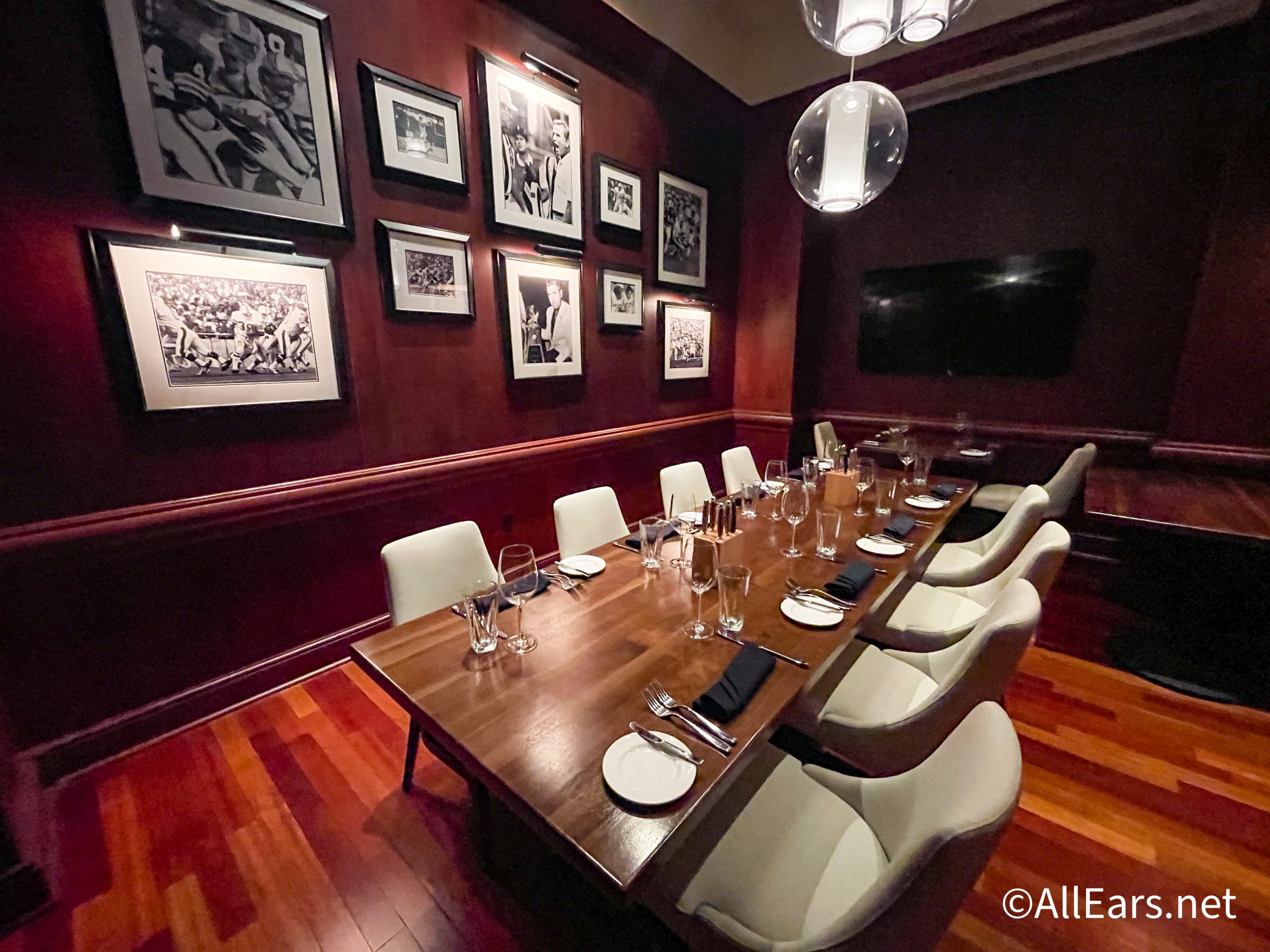



Trending Now
Get over to BoxLunch NOW!
Let's have a chat about an Oura Ring that Disney Adults just can’t seem to...
July is here! Can you believe we’re now onto the back half of the year?!...
Going to Disney World alone isn't as scary as you'd think...
Have you seen Disney Visa's newest Disneyland 70th card design?
This MagicBand+ hack can make a world of difference during your next Disney World trip!
Ever wondered what Disney World crowds are like on the Fourth of July? We've got...
There are plenty of airports to choose from when flying to Disneyland!
Amazon Pride Day deals are starting, and now's your chance to get Disney essentials on...
Here are the park bag mistakes you might make when going to Disney World and...
We know, we know — it’s still summertime, but it’s always a good time to...
Did you know you could do this in Disney World?
Heads up if you're about to stay at the Wilderness lodge for the first time.
Disneyland quietly made this changes, but we definitely noticed.
We can't get over this one...
Disney World has cycled through a lot of snack magic over the years — and...
Universal is growing... but the resort still has some issues.
ANOTHER restaurant at Disney's Dolphin Hotel is permanently closing to make way for a new...
There's a new sweet treat in Animal Kingdom that we were skeptical about, but it's...
Let's have dinner at Cape May Cafe at Disney's Beach Club Resort to see if...